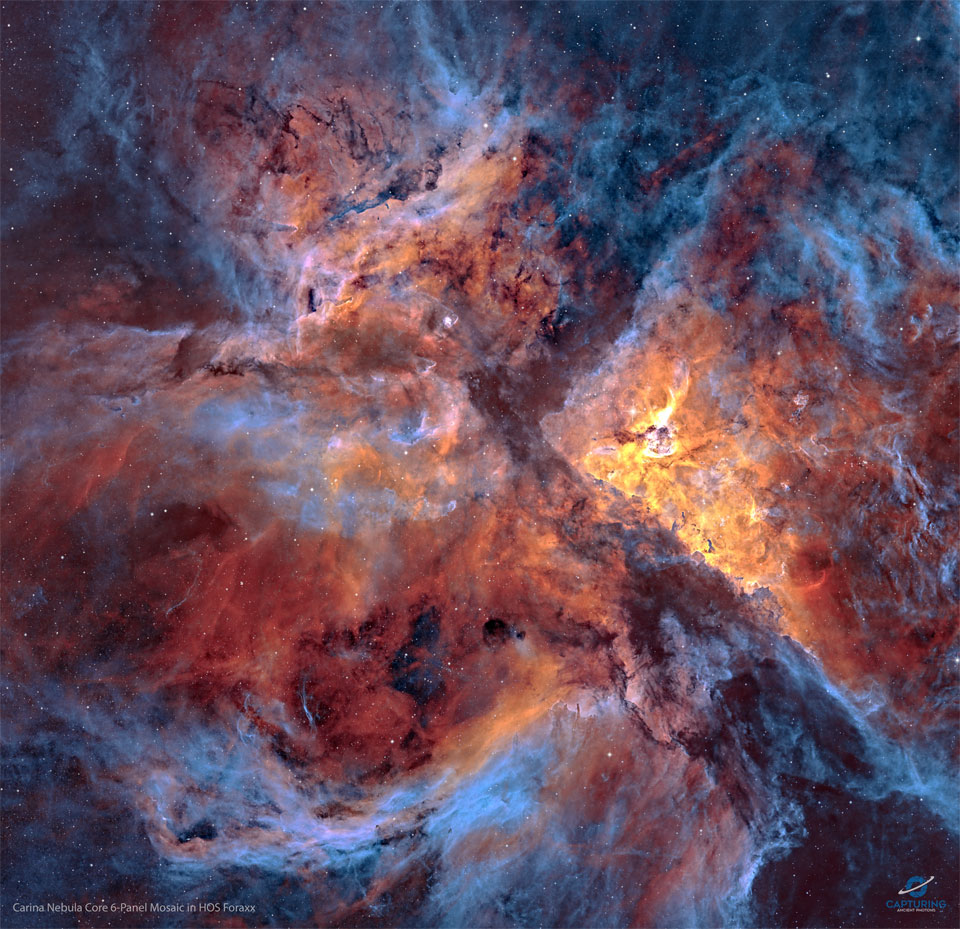226
227
228
229
230
231
41
Saturn’s ‘Death Star’ moon has hidden ocean under its crust, say scientists
(www.theguardian.com)
232
233
61
JWST Imaged Two Apparent Alien Worlds Still Circling The Bodies of Their Dead Stars
(www.sciencealert.com)
234
235
237
238
239
40
Robot surgeon sent to the International Space Station to dissect simulated astronaut tissue
(www.livescience.com)
240
241
242
15
XMM-Newton observes black hole winds, provides insight into galaxy and black hole interactions - NASASpaceFlight.com
(www.nasaspaceflight.com)
243
244
245
246
247
248
249
250
